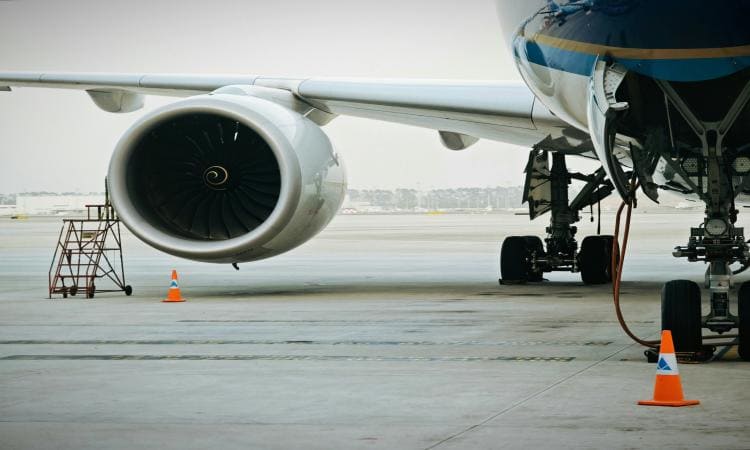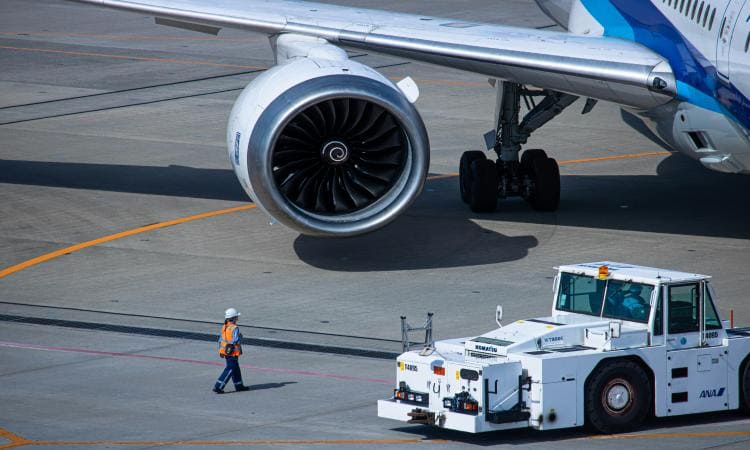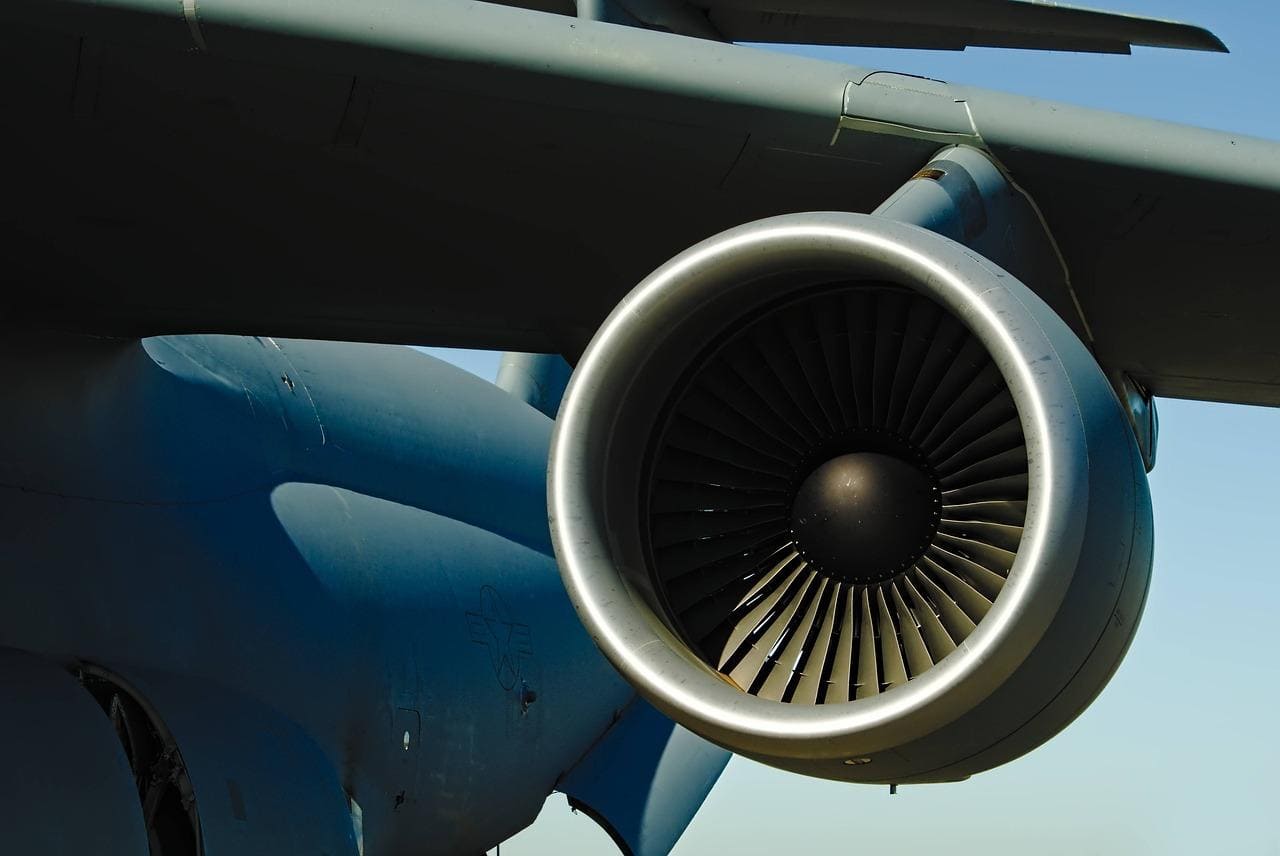Aircraft engine stands are absolutely crucial for efficient and safe aircraft maintenance operations. Why, you might ask? The underlying reason is that aircraft engines stand as a sturdy platform for aircraft technicians while working on engines, ensuring accessibility and safety, while streamlining the aircraft maintenance procedures.
The Importance of Aircraft Engine Stands
Before we explore the details, you should know that aircraft engine stands are mandatory for enhancing the efficiency and safety in aircraft maintenance operations, which can provide aircraft technicians with secure support while improving accessibility and streamlining aircraft handling. Aircraft stands can help minimize the potential risks that are linked with engine movement and engine maintenance tasks.
Subsequently, with the help of aircraft maintenance stands, technicians can help reduce potential downtime while improving aircraft operational efficiency. Also, they are essential for a faster turnaround time while minimizing stability and accidental drops.
Ensure Enhanced Safety
When it comes to aircraft maintenance, aircraft engine stands are vital for providing a secure and stable platform for aircraft engines, especially during engine repair and maintenance. You should know that aircraft maintenance stands can help prevent accidental drops, which can further help in preventing injury and damage. In the absence of stands, there is a heightened risk of instability that can increase the potential risk of accidents during repair and maintenance.
For other safety equipment, you might want to check out Pilot John International and choose aircraft safety equipment that is aligned with your aircraft’s needs.
Ensure Ergonomic Access
Apart from minimizing the potential risk of injury and accidents, aircraft stands are exclusively designed for ergonomic access, as these are designed to provide a comfortable and secure position at optimal heights where technicians need to climb around or on aircraft engines. Thus, aircraft engine stands enable aircraft technicians to not only work on aircraft maintenance safely but also comfortably, which can simultaneously reduce stress and the chances of injuries caused by challenging positioning.
This ergonomic access makes it essential for safe movements. These stands also come with casters or wheels. These aircraft’s stand features are crucial for enabling the safe and controlled movement of the aircraft engines within the aircraft maintenance facility, which is crucial for decreasing the potential risk of accidents during transportation.
Ensure Aircraft Efficiency
Aircraft maintenance stands contribute significantly to increased efficiency, especially a faster turnaround time. Engine stands can help streamline engine access and handling and contribute to better maintenance processes, which can then reduce aircraft downtime by improving its overall operational efficiency. This reduced downtime ensures faster turnaround times with quicker engine changes and efficient maintenance procedures.
These aspects can also prove effective for decreasing the operational costs, which further helps in improving workflow during aircraft maintenance. Since aircraft stands provide an accessible and stable platform, aircraft technicians can perform repairs, replacements, and engine inspections with greater speed and accuracy. Usually, airplane stands come with easy-to-use features, which contribute to an efficient and organized aircraft maintenance environment.
Conclusion
Optimizing aircraft maintenance requires tools and platforms that prioritize technician safety, ergonomic access, and operational efficiency. By incorporating equipment designed for stability and maneuverability, maintenance teams can reduce the risk of injury, prevent damage during engine handling, and streamline repair workflows. These solutions not only support faster turnaround times but also contribute to lower operational costs and improved aircraft readiness. When chosen thoughtfully, such equipment enhances both the safety and productivity of maintenance environments, ensuring that technicians can perform critical tasks with precision and confidence.







